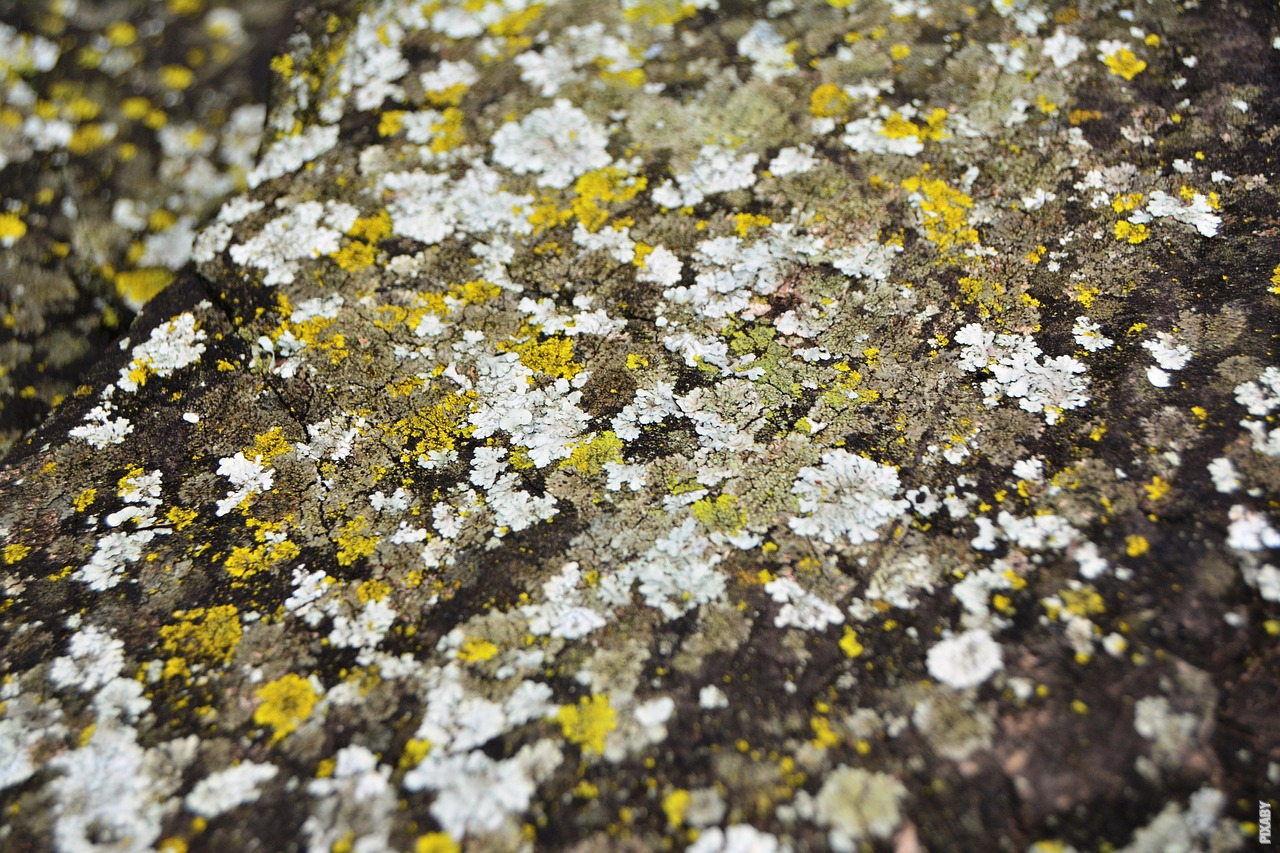The Secret Language of Nature: Bioindication Unveiled
Imagine walking through a lush forest, the air filled with the sweet scent of pine and the gentle rustling of leaves underfoot. As you explore this natural wonderland, you may be unaware of the intricate communication happening all around you. Nature has its own secret language, and one of its most fascinating dialects is bioindication.
Decoding Nature’s Messages
At its core, bioindication is the study of ecological indicators, or the signals that organisms and ecosystems send to reveal the health and condition of their environment. It is a powerful tool that allows scientists to listen to nature’s whispers and gain insight into the complex web of life.
The Bioindicators: Silent Sentinels
Within every ecosystem, there are certain species that act as silent sentinels, providing valuable information about the environment they inhabit. These bioindicators are like nature’s own detectives, uncovering clues and revealing the story of ecological health.
From Birds to Butterflies: Nature’s Messengers
From the majestic flight of birds to the delicate dance of butterflies, nature’s messengers come in all shapes and sizes. Birds, for example, can indicate the quality of an ecosystem by their presence or absence. Their migration patterns and nesting behaviors reflect changes in climate and habitat. Similarly, butterflies can serve as indicators of air quality and pollution levels.
Plants: Nature’s Green Thumb
Plants, with their roots firmly anchored in the ground, have a unique ability to absorb and accumulate substances from their surroundings. This makes them excellent bioindicators of soil contamination and water pollution. Scientists can analyze the presence of certain chemicals or heavy metals in plants to assess the health of an ecosystem.
Post
Post
Microorganisms: The Invisible Detectives
While often overlooked, microorganisms play a crucial role in bioindication. These tiny organisms, such as bacteria and fungi, can indicate soil fertility, nutrient cycling, and even the presence of toxins. By studying the microbial community in an ecosystem, scientists can unlock a wealth of information about its overall health and functioning.
Unlocking Nature’s Secrets
The field of bioindication is constantly evolving, with new methods and technologies being developed to better understand nature’s hidden messages. Scientists are now using advanced DNA analysis techniques to identify and monitor specific bioindicator species. Drones equipped with cutting-edge sensors are also being employed to collect data from remote and inaccessible areas. These innovations are enabling us to delve deeper into the mysteries of nature and uncover its well-kept secrets.
The Importance of Bioindication
Bioindication is not just about decoding nature’s messages; it also plays a vital role in environmental conservation and management. By monitoring ecological indicators, scientists can assess the impact of human activities on ecosystems and develop strategies to mitigate their negative effects. Bioindication provides us with a roadmap for sustainable development, guiding us towards a harmonious coexistence with nature.
The Symphony of Life
Next time you find yourself immersed in nature’s embrace, take a moment to listen to its symphony. The birdsong, the buzzing of insects, and the gentle rustling of leaves are not mere background noise—they are nature’s way of speaking to us. Through the study of bioindication, we can learn to decipher this intricate language and become stewards of the Earth, ensuring the survival of countless species and the preservation of our planet’s rich biodiversity.



